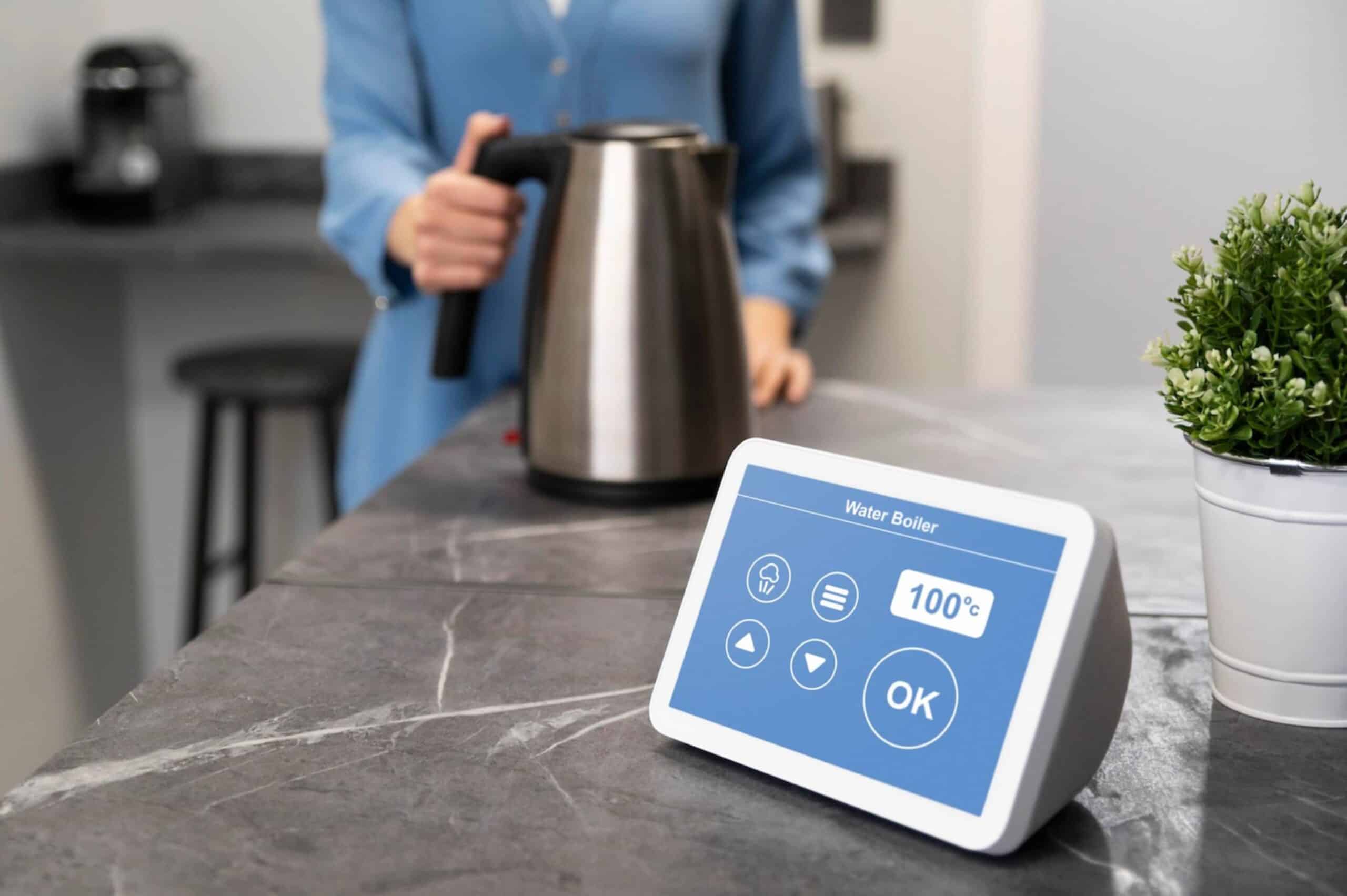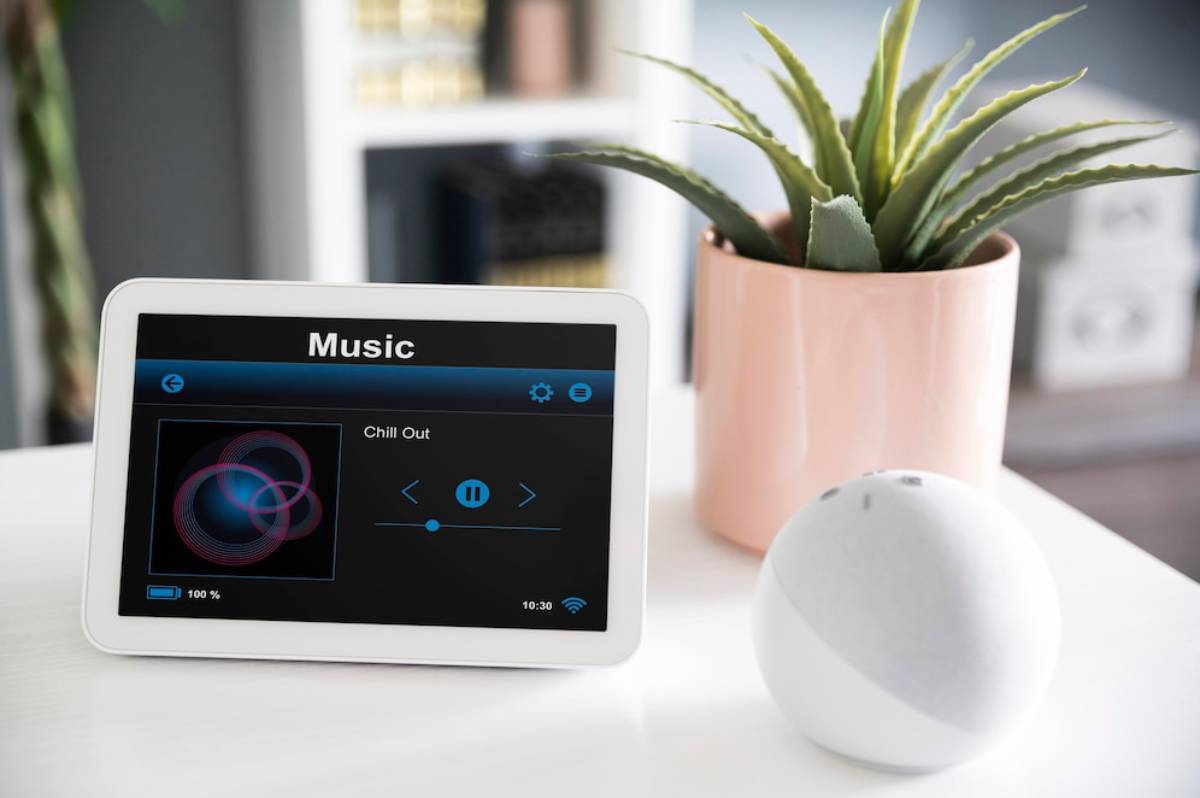
Integrating Smart Climate Devices with Home Automation
As homes become smarter, climate control is no longer just about adjusting the thermostat. With today’s technology, you can manage heating, cooling, air quality, and humidity as part of a fully automated system. By combining smart HVAC systems, thermostats, fans, and sensors, your home learns how to keep you comfortable, all while reducing energy waste.
In this guide, we explore how to achieve effective smart climate integration, the devices that work best together, and how automation routines can make your environment more responsive and efficient.
Whether you’re upgrading one room or designing a full smart home, this is your go-to introduction to home automation climate control.
Why Smart Climate Integration Matters
A comfortable home environment isn’t just about temperature—it’s about airflow, humidity, timing, and energy use. Smart climate devices offer precise control over these elements, using real-time data and user behaviour to adjust automatically.
Instead of manually adjusting your heating or air conditioning, smart systems take care of it for you. They detect occupancy, react to outdoor weather, and coordinate with other smart devices to optimise comfort and reduce costs.
The result? A more energy-efficient, personalised home that adjusts to your daily routines and seasonal changes, without constant manual input.
Real-Life Applications of Home Automation Climate Control

Smart climate systems go beyond convenience. They create living environments that adapt to your lifestyle:
- Morning wake-ups: Set routines that warm up the house and adjust humidity before you even get out of bed.
- Work-from-home comfort: Maintain a consistent temperature in your home office while reducing energy in unused rooms.
- Energy savings while away: Use motion sensors and geofencing to power down HVAC when nobody’s home.
- Air quality management: Link air purifiers or humidifiers to react automatically to poor indoor conditions.
- Sleep routines: Cool your bedroom gradually before bed, then warm it gently before your morning alarm.
It’s climate control that thinks ahead, so you don’t have to.
Key Benefits of Smart Climate Device Integration
1. Centralised Control via Smart Hubs or Apps

Most smart climate devices can be linked to platforms like Google Home, Amazon Alexa, or Apple HomeKit. This allows you to manage heating, cooling, and ventilation through one interface.
You can create scenes or routines—for example, “Evening Mode” could lower blinds, dim the lights, and cool the living room to a set temperature.
Having all devices under one app or voice control system streamlines your smart home experience.
2. Enhanced Energy Efficiency
Smart climate integration reduces waste by tailoring operations to actual needs. Instead of running on a static schedule, your system adjusts based on:
- Occupancy (motion sensors or geofencing)
- Weather forecasts (outdoor data)
- Preferences (learned patterns or manual input)
- Room-specific needs (zoned heating or smart vents)
These adjustments help lower bills while keeping your environment comfortable.
3. Customised Comfort in Every Room
Pairing smart thermostats with temperature and humidity sensors allows you to control the climate room by room. For example:
- Keep the nursery slightly warmer than the rest of the house
- Reduce humidity in bathrooms with smart exhaust fans
- Cool the kitchen quickly after cooking
With the right setup, each area of your home can respond independently—ideal for families with different comfort preferences.
4. Responsive Routines and Automation
Using IFTTT-style automation or native routines in your smart home platform, you can build useful climate triggers such as:
- “If bedroom humidity > 60%, turn on dehumidifier.”
- “If nobody’s home for 30 minutes, set HVAC to Eco mode.”
- “When the sun sets, close blinds and increase heating.”
It’s not just automation—it’s intelligent environmental management.
Expert Tips for Getting the Most Out of Smart Climate Integration
1. Start with a Smart Thermostat
A smart thermostat like Nest, Ecobee, or Tado is the backbone of any smart climate setup. These devices monitor conditions, learn habits, and act as the main point of control for heating and cooling systems.
They’re also often the easiest to integrate with other platforms, making them a solid first step.
2. Add Sensors Strategically
Place temperature and humidity sensors in key locations—bedrooms, living areas, and kitchens—to give your system accurate feedback.
Motion sensors can help automate changes when people enter or leave a room, while contact sensors on windows can trigger airflow or shut down the HVAC to prevent waste.
3. Use Smart Plugs for Climate Accessories
If your humidifier or fan isn’t smart out of the box, plug it into a Wi-Fi-enabled smart plug. This allows it to turn on/off as part of routines based on room conditions or schedules.
Smart plugs offer a budget-friendly way to integrate older devices into your climate control strategy.
4. Sync with Weather Data
Many smart thermostats and platforms can pull local weather forecasts to adjust performance in advance. For instance, cooling can start earlier on a hot day, or heating can pause if the afternoon sun is warming the space naturally.
This reduces strain on your HVAC and enhances comfort.
Common Mistakes to Avoid
1. Overcomplicating Automation
While it’s tempting to automate everything, too many triggers or routines can clash or become difficult to troubleshoot. Start simple—like scheduling sleep temperatures or turning off systems when you’re away.
Build gradually to avoid overwhelming the system (and yourself).
2. Ignoring Compatibility
Not all devices speak the same smart language. Check compatibility with your chosen platform—especially when using third-party brands for thermostats, fans, purifiers, or humidifiers.
If you’re mixing brands, look for Matter-certified devices or use hubs like SmartThings for broader support.
3. Poor Device Placement
Sensors or thermostats placed near heat sources, windows, or vents can give false readings. Ensure devices are located in areas that represent the room’s average climate.
This small step can make a big difference in performance and energy use.
4. Forgetting Regular Maintenance
Even the smartest system needs upkeep. Clean filters, update firmware, and calibrate sensors periodically to maintain accuracy and air quality.
Schedule reminders in your app or smart calendar to keep everything running smoothly.
Advanced Insights: Best Smart Climate Devices for Integration
Nest Learning Thermostat (3rd Gen)
- AI-powered scheduling
- Integrates with Google Assistant, Alexa, and Samsung SmartThings
- Compatible with most HVAC systems
- Energy-saving Eco mode and Home/Away Assist
Best for: Google users wanting automated heating and cooling based on a routine.
Ecobee SmartThermostat with Voice Control
- Includes a room sensor
- Built-in Alexa and Siri support
- Energy reports and occupancy detection
- Supports Apple HomeKit and IFTTT
Best for: Multi-platform households that want detailed energy tracking and zoned comfort.
Sensibo Air Pro
- Adds smart control to ductless systems (like mini-splits)
- Monitors air quality and motion
- App + voice assistant support
- Easy retrofit option for older HVAC units
Best for: Homes with mini-split or wall-mounted systems.
SwitchBot Meter Plus + Smart Humidifier
- Bluetooth-enabled sensor
- Smart humidifier triggers based on readings
- App and automation-friendly
- Supports Alexa, Google, and IFTTT
Best for: Budget users wanting to build climate control using plug-and-play components.
Conclusion: Smarter Climate, Smarter Comfort

Smart climate control is about more than just adjusting the thermostat—it’s about creating a living environment that responds to your needs, routines, and comfort preferences.
By combining smart thermostats, sensors, HVAC integrations, and automation tools, you can design a system that keeps your home comfortable year-round while cutting back on energy costs.
Whether you’re starting small with a single device or building a whole-house solution, the power of smart climate integration lies in its adaptability. With the right setup, your home can think ahead, respond intelligently, and keep your environment just the way you like it—automatically.


